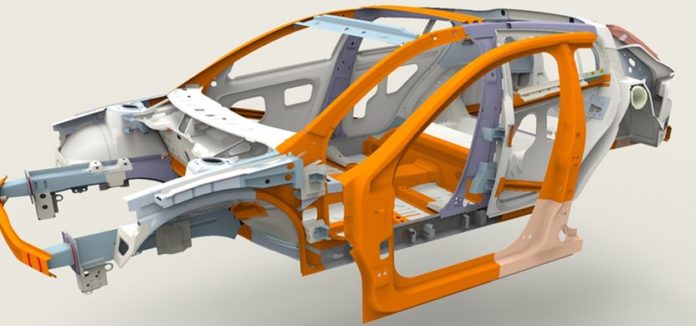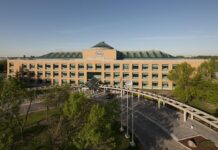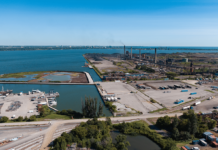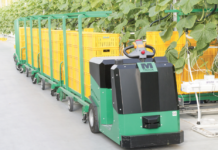ArcelorMittal, a multi-national steel and mining company, has a significant footprint in Ontario with plants producing flat, long and tubular steels, as well as tailored blanks. Its advanced steel solutions are an integral element of key supply chains, including those within the automotive sector that make vehicles design-forward, performance-driven and safety-superior, all at the lowest cost.
A network of global research and development teams across several science disciplines both work directly with customers to develop steel products for next generation vehicles, and design, develop and continuously improve advanced manufacturing processes.
Building on past investments in its steelmaking and finishing assets in Ontario, two recent announcements demonstrate the company’s leadership position in product and process technologies that result in smarter steels for people and planet.
In 2021, ArcelorMittal announced its intention for an extraordinary investment in its Dofasco steelmaking complex in Hamilton, ON that will change the way the company makes steel and significantly reduce its greenhouse gas emissions. In addition, ArcelorMittal Tailored Blanks announced it will invest in new equipment and modifications to its Woodstock, ON facility to produce advanced tailor welded blanks for door ring applications used in the automotive sector.
The Tailored Blanks investment of $17.4 million CAD will receive $1.5 million from the Southwestern Ontario Development Fund and address increased production demands stemming from investments in the battery electric vehicle market. Todd Baker, president and CEO of ArcelorMittal Tailored Blanks says the company’s solutions are helping to shape Ontario’s next-generation automotive industry and the province’s low carbon economy. “Specifically, this investment enables ArcelorMittal Tailored Blanks to produce one million door ring blanks annually for the electric vehicle market.”
Tailored blanks are semi-finished parts that feature the laser welding of two or more separate steel shapes together to make one piece. In fact, most laser-welded blanks are made from two unique pieces but some are made from six or more different pieces of steel. This allows the part to have optimized thickness, strength or corrosion protection only where it’s needed. The laser-welded blanks produced in Woodstock are then sent to the automotive manufacturer or supplier to be hotstamped, then control-cooled to create the final shape and strength of the part. The ArcelorMittal Tailored Blanks Usibor® door-ring blank is a weight-saving, award-winning solution that provides superior crash performance to protect vehicle occupants in a collision, while increasing vehicle stiffness to improve the vehicle’s driving characteristics.
Steel Automotive Sector
In the second half of 2022, ArcelorMittal Dofasco will begin producing the Alusi®-coated Usibor® press hardenable steel used in a variety of parts critical for passenger protection in vehicle collisions, including the door ring. The $24 million CAD coating addition at its No.5 Hot-Dipped Galvanizing Line will make the company the only producer of Alusi®-coated Usibor® in Canada.
Also in Hamilton, the extraordinary planned investment for new steelmaking methods will cut annual greenhouse gas emissions by approximately 60 per cent, before 2028. The approximately $1.8 billion CAD project, which is supported by a $500-million investment from the Government of Ontario and a $400-million investment from the Government of Canada, will see the plant transition its fossil fuel dominant coke plant – blast furnace – basic oxygen furnace steelmaking process to direct reduced iron (DRI) – electric arc furnace (EAF) production. While cutting carbon dioxide emissions and eliminating the need to transport coke and coal, the shift will also reduce environmental impact from the operations.
Across its global operations, ArcelorMittal is committed to a 25 per cent reduction in carbon dioxide emissions by 2030.
“ArcelorMittal’s ambition is to lead the steel industry in decarbonization. The planned investment in Hamilton puts us well on the path to reaching our target to be net zero by 2050,” said Tony Valeri, vice president, corporate affairs at ArcelorMittal Dofasco.
“The investment plan sends a strong signal that Hamilton is a centre of steelmaking excellence and a key part of Canada’s economy.”
Valeri says further research is underway into other clean technologies and materials like hydrogen, biocarbon, and carbon capture utilization and storage.
















